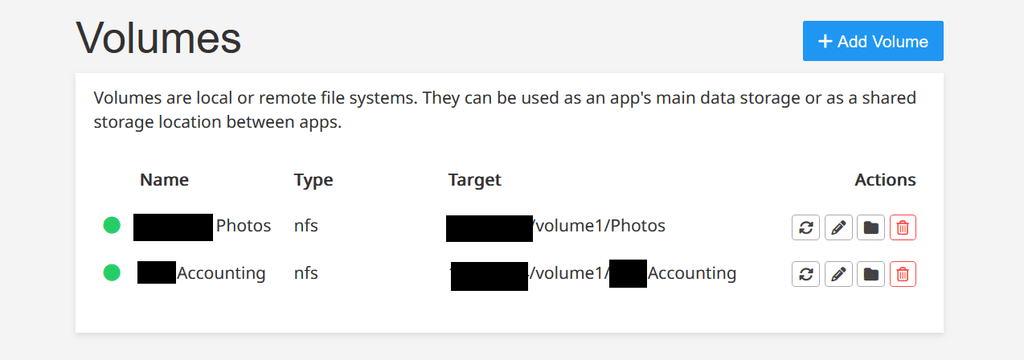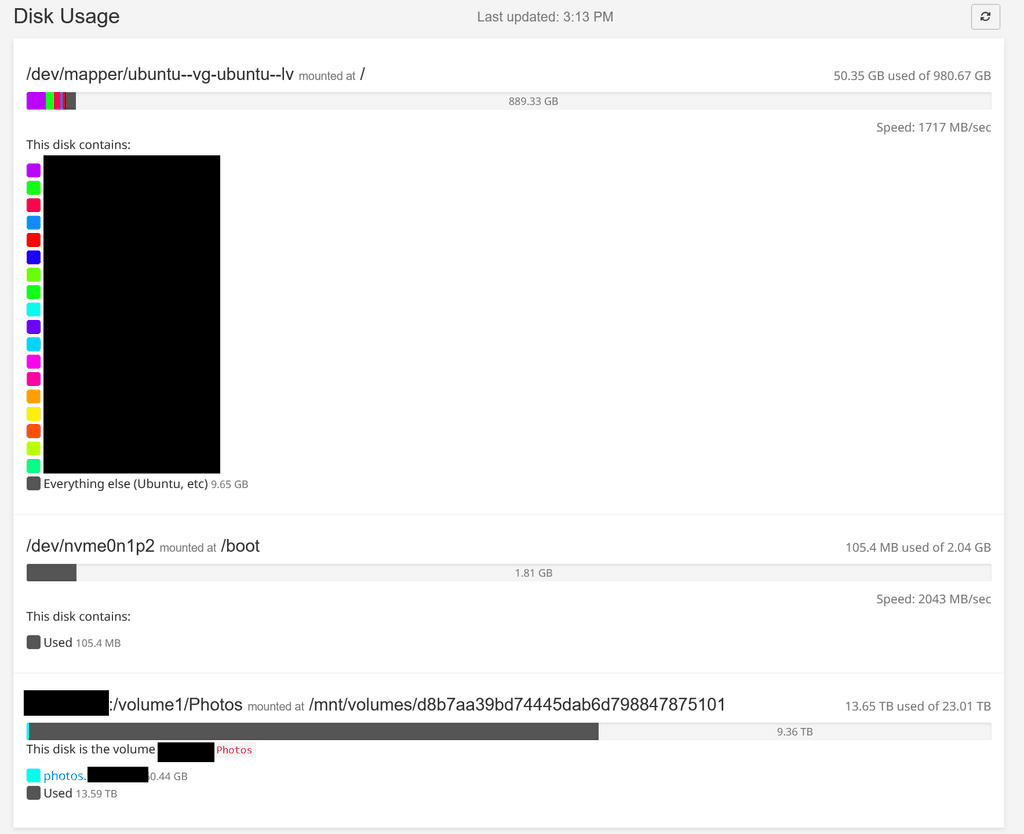I have been happily using Guacamole to RDP and SSH into some machines on my network. Now I have a need to allow a 2nd user to access some of the machines. In reading through the Guacamole documentation, the best way to do this seems to be using Groups.
So I created a new group , added this new user as a member and assigned them the required connections. However when they log in, they are unable to see the connections that they have been granted access to. While troubleshooting the issue, I decided that maybe I should delete the group and start afresh. But when I tried to do this, I received the following error:

I tried multiple times to delete the group, clearing the user, connections etc but without successs.
I then attempted a clean install of Guacamole to see if I could reproduce the issue and alas, same error message!
Logs:
Jun 30 23:21:13 20:21:13.218 [http-nio-8080-exec-2] INFO o.a.g.event.EventLoggingListener - User "USERNAME" (authenticated by "openid") successfully created user group "test" within "mysql"
Jun 30 23:21:16 ### Cause: java.sql.SQLSyntaxErrorException: You have an error in your SQL syntax; check the manual that corresponds to your MySQL server version for the right syntax to use near 'name = 'test'' at line 5
Jun 30 23:21:16 ### Cause: java.sql.SQLSyntaxErrorException: You have an error in your SQL syntax; check the manual that corresponds to your MySQL server version for the right syntax to use near 'name = 'test'' at line 5
Jun 30 23:21:16 ### Error updating database. Cause: java.sql.SQLSyntaxErrorException: You have an error in your SQL syntax; check the manual that corresponds to your MySQL server version for the right syntax to use near 'name = 'test'' at line 5
Jun 30 23:21:16 ### Error updating database. Cause: java.sql.SQLSyntaxErrorException: You have an error in your SQL syntax; check the manual that corresponds to your MySQL server version for the right syntax to use near 'name = 'test'' at line 5
Jun 30 23:21:16 ### SQL: DELETE FROM guacamole_entity WHERE type = 'USER_GROUP' name = ?
Jun 30 23:21:16 ### SQL: DELETE FROM guacamole_entity WHERE type = 'USER_GROUP' name = ?
Jun 30 23:21:16 ### The error may exist in org/apache/guacamole/auth/jdbc/usergroup/UserGroupMapper.xml
Jun 30 23:21:16 ### The error may exist in org/apache/guacamole/auth/jdbc/usergroup/UserGroupMapper.xml
Jun 30 23:21:16 ### The error may involve defaultParameterMap
Jun 30 23:21:16 ### The error may involve defaultParameterMap
Jun 30 23:21:16 ### The error occurred while setting parameters
Jun 30 23:21:16 ### The error occurred while setting parameters
Jun 30 23:21:16 20:21:16.938 [http-nio-8080-exec-9] ERROR o.a.g.rest.RESTExceptionMapper - Unexpected internal error:
Jun 30 23:21:16 20:21:16.938 [http-nio-8080-exec-9] INFO o.a.g.event.EventLoggingListener - User "USERNAME" (authenticated by "openid") failed to delete user group "test" within "mysql":





